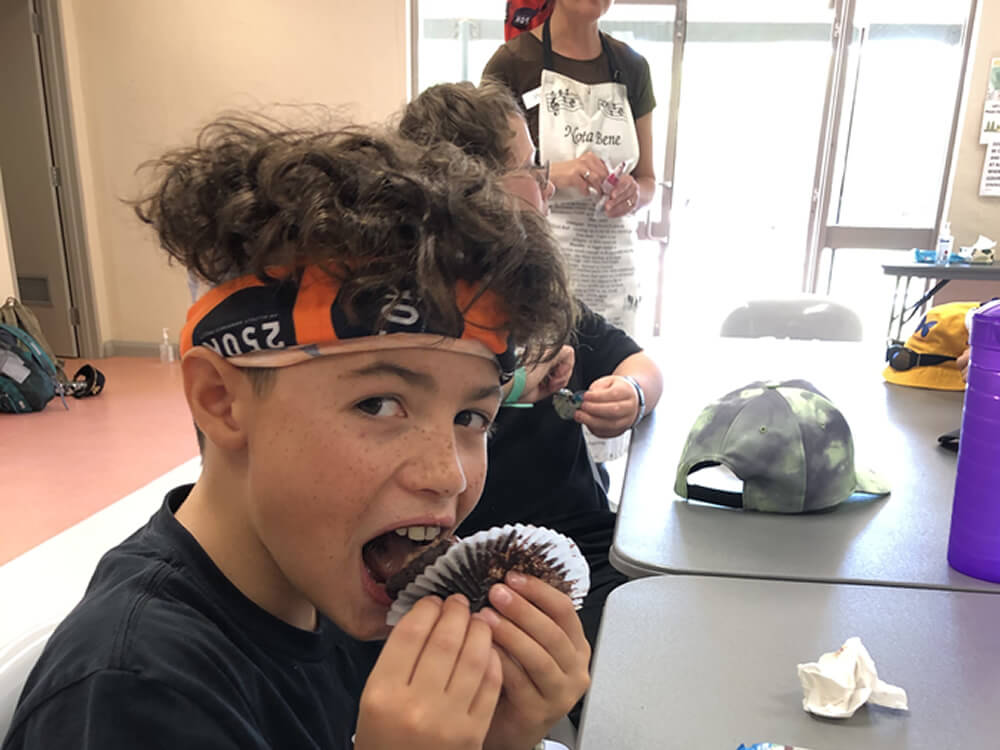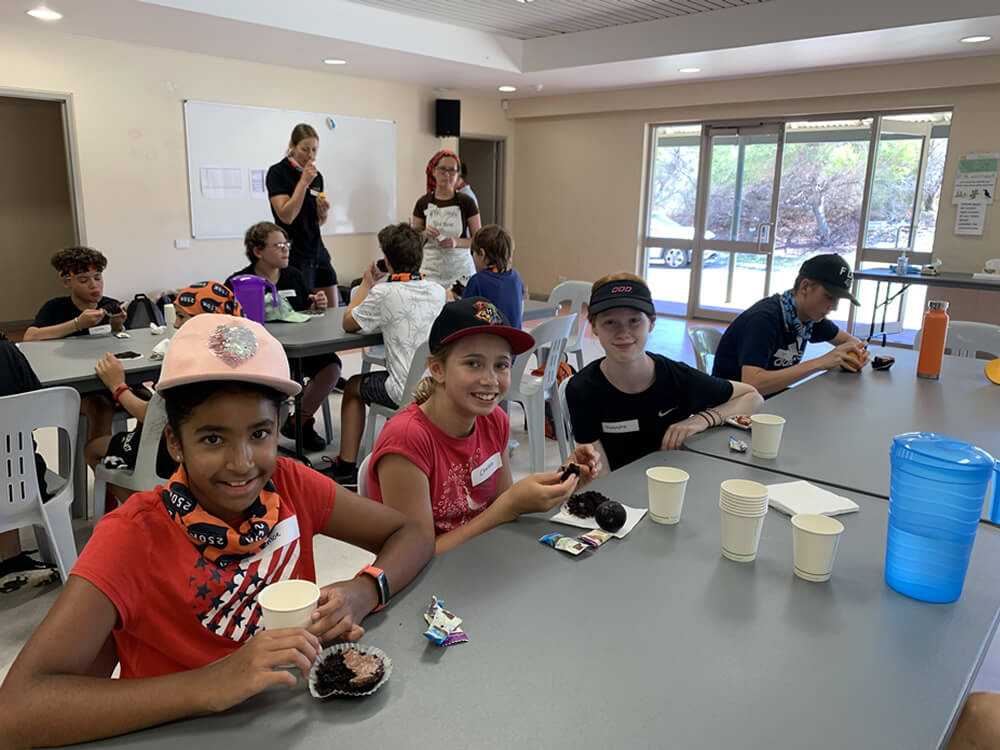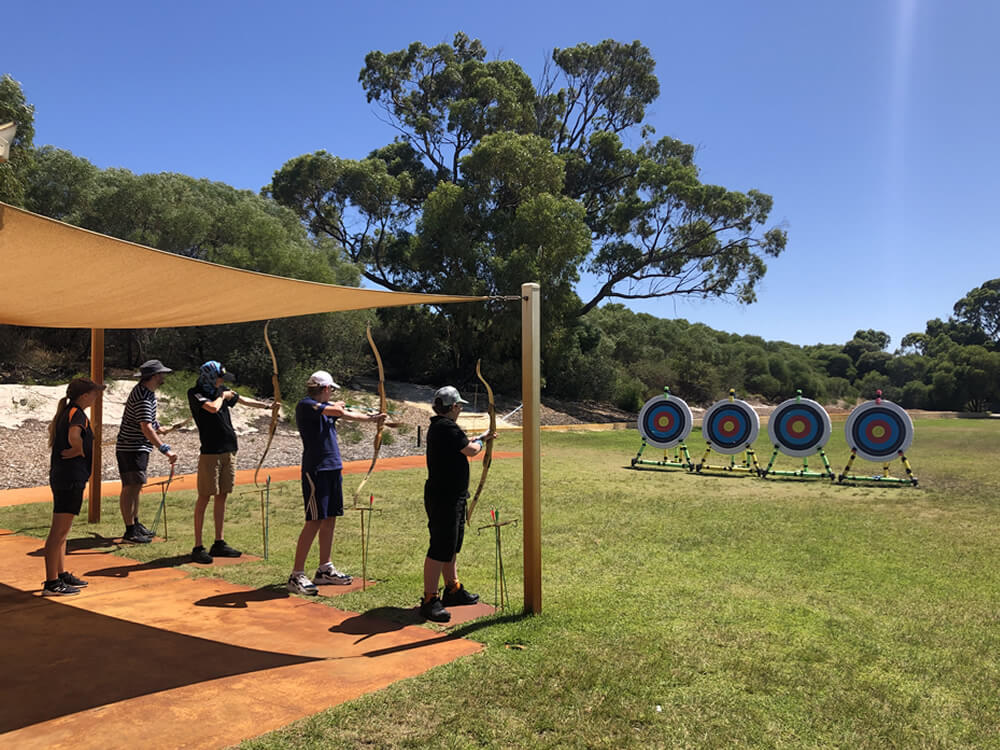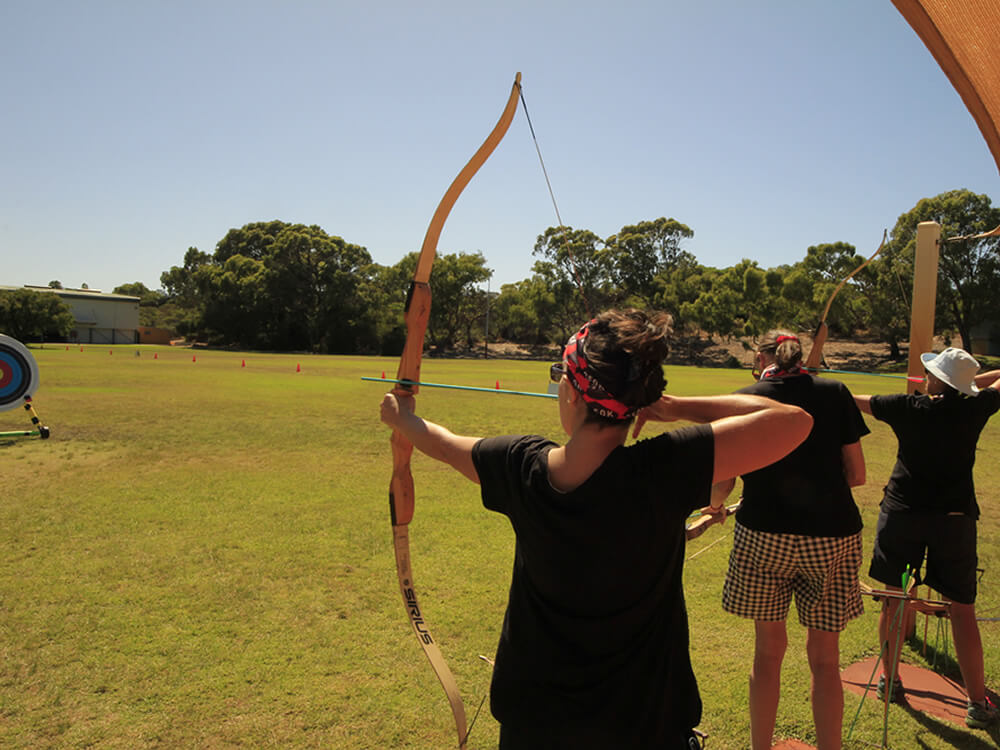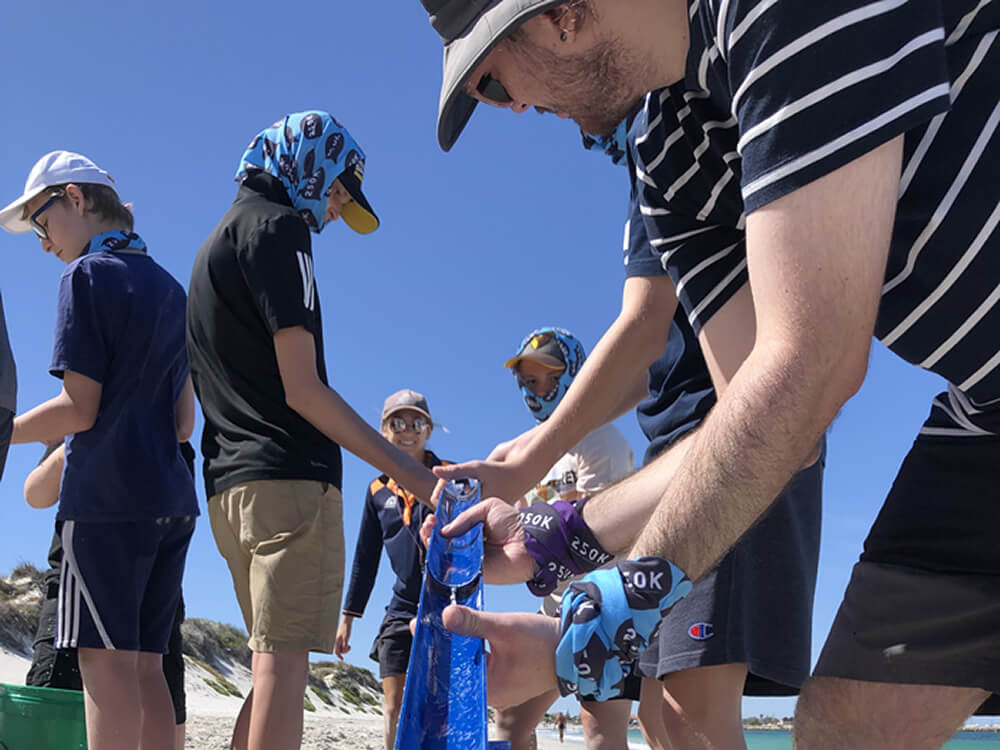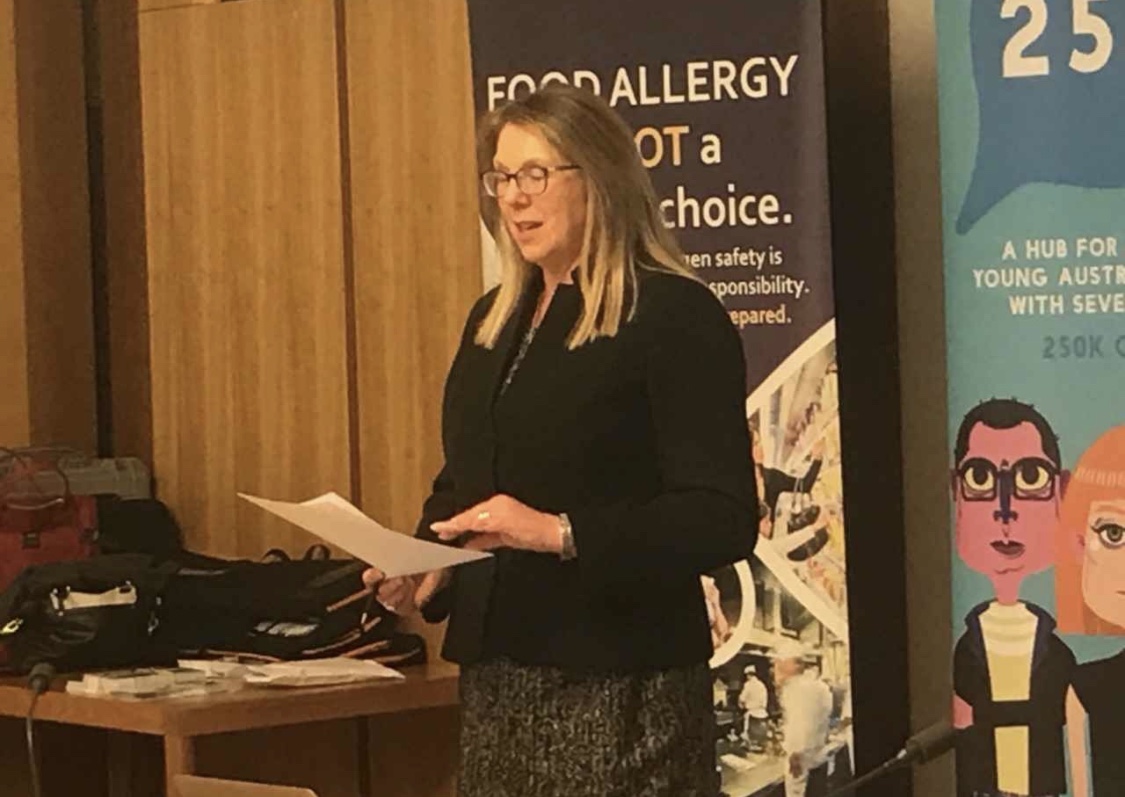Surviving a severe allergic reaction: Three of the most dangerous mistakes
World Allergy Week (13-19 June, 2021) seeks to raise awareness of anaphylaxis, potentially life-threatening allergic reactions that cause approximately 2,400 hospital admissions and approximately 20 deaths in Australia each year. Over 4 million Australians live with allergic disease, and that number is on the rise. During this week, leading allergy organisations are promoting important resources that could save lives, whilst they eagerly await a response to the Parliamentary Inquiry into Allergies and Anaphylaxis.
“For many people, allergic reactions are uncomfortable and unpleasant, but for others they can be life threatening, culminating in anaphylaxis. Most commonly these can be caused by food, insect stings or bites or certain medications. When a person experiences anaphylaxis, a large amount of histamine and other chemical mediators are released into the body, causing an inflammatory response,” said Dr Preeti Joshi, Co-chair of the National Allergy Strategy (NAS) and paediatric clinical immunology/allergy specialist.
“There are few things more frightening than having or witnessing an anaphylaxis. The symptoms can go from bad to worse very quickly. Your blood pressure can suddenly drop, and your airways narrow, affecting breathing. If anaphylaxis isn’t recognised and treated immediately, it can result in serious complications and can even be fatal,” explains Dr Joshi. “It is important to educate yourself about what to do, or not to do, if someone is having a severe allergic reaction. We strongly recommend positioning the patient appropriately, giving adrenaline if it’s available and calling triple zero.”
Three dangerous mistakes people make when responding to anaphylaxis:
To increase community awareness this World Allergy Week, allergy experts provide insight into the common mistakes people can make when responding to severe allergic reactions.
1. Assuming it is not a severe allergic reaction because there is no skin rash or facial swelling
“Many people assume that a person can’t be having a severe allergic reaction if they don’t have a skin rash or swelling, but 1 in 6 people will have no skin symptoms at all. In fact, skin symptoms tend to be a mild to moderate allergic symptom,” said Prof Michaela Lucas, President of the Australasian Society of Clinical Immunology and Allergy (ASCIA) and clinical immunology/allergy specialist. “While it is important to be alert to those symptoms, do not ignore more serious symptoms just because there is no rash, particularly if there has been known exposure to an allergen. Breathing difficulties, tongue or throat swelling, dizziness or collapse are all possible symptoms of anaphylaxis and require immediate attention. ASCIA Action Plans and First Aid Plans for Anaphylaxis provide excellent guidance on what to do in an emergency.”
2. Delaying the administration of adrenaline (epinephrine)
“Many people still believe that taking an antihistamine will prevent a mild to moderate allergic reaction from progressing to anaphylaxis. This is not the case. Antihistamines do not treat the symptoms that affect breathing and blood pressure. Adrenaline is the first line treatment for anaphylaxis - a delay in giving adrenaline can cost a person’s life,” said Ms Maria Said, Co-chair of the National Allergy Strategy and CEO of Allergy & Anaphylaxis Australia (A&AA). “If in doubt, always give an adrenaline autoinjector, such as EpiPen®. These are emergency devices that work to reverse a severe allergic reaction. General use adrenaline autoinjectors can often be found at schools, larger hotels, convention centres or on planes.”
3. Allowing the person to walk (even to or from an ambulance) after having adrenaline
“Anaphylaxis always requires a trip to an emergency department, even if a person appears to have recovered, as they need to be carefully monitored. A common mistake is allowing a person to walk, even to an ambulance or even worse, drive themselves,” said A/Prof Kirsten Perrett, paediatric clinical allergy specialist and Chief Investigator of the Centre for Food & Allergy Research (CFAR). “This is incredibly dangerous because of the impact of anaphylaxis on blood pressure. Walking or standing can take blood away from the heart which could impede resuscitation if required. That is why it is always important to lay a person flat or allow them to sit with their legs outstretched if they are having trouble breathing, but not to walk or stand – this could save their life.”
Important educational resources
“Currently the only way to prevent anaphylaxis is to avoid the allergen. Therefore, we are taking the opportunity during World Allergy Week to remind all Australians that the safety of people living with allergy is a shared responsibility. We need to increase allergy awareness, education and training in the Australian community - from people living with allergies to people preparing, packaging and selling food, and people caring for children in schools or patients in hospitals. We would like to encourage everyone to familiarise themselves with the following important resources. While anaphylaxis can be a frightening experience, being prepared and being able to react quickly does save lives,” said Ms Said.
1. ASCIA Action Plans and First Aid Plans for Anaphylaxis outline the signs, symptoms and actions to take if someone is having a severe allergic reaction.
2. Anaphylaxis animation resources provide easy to understand and step by step instructions on how to:
- recognise the signs and symptoms of an allergic reaction including anaphylaxis
- position a child or adult having a severe allergic reaction (anaphylaxis)
- administer an EpiPen® adrenaline autoinjector
Dr Katie Allen MP, food allergy expert and Member for Higgins, encourages all Australians to go through the educational resources available.
“Australia has the world’s highest incidence of food allergies. One in ten infants, and one in 20 children in Australia have food allergies. Sufferers live with the ever-present risk of life-threatening anaphylaxis because there is no cure. That’s why it is so important to raise awareness and constantly educate and re-educate the Australian community,” said Dr Allen. “Patients and families are always walking the allergy tightrope, that’s why as part of the Standing Committee on Health, Aged Care and Sport we held an inquiry into allergies and anaphylaxis of which our final report named ‘Walking the allergy tightrope’ listed key recommendations which are now awaiting Ministerial response. These recommendations will change the lives of Australians living with allergies and anaphylaxis.”
“I encourage not only food service providers but all Australians to go through the educational resources available. Information can be easily accessed for example through the Allergy & Anaphylaxis Australia website or social media channels such as Facebook. By simply educating yourself and raising awareness with others you can save lives.”
More to be done
“We applaud the 2019 Parliamentary Inquiry into Allergies and Anaphylaxis. The Inquiry was enthusiastically supported by health professionals, researchers and Australians living with allergic disease, as well as those who had lost loved ones to anaphylaxis. Many shared their traumatic experiences with the Committee in the hopes of preventing such losses in the future,” said Ms Said. “We all now eagerly await a response to the 24 recommendations in the report. We hope to continue our important work with the Australian government to assist with implementation of the recommendations, which will have enormous impact on the lives of Australians living with allergic disease.”
- ENDS-

Media release: ![]() NAS World Allergy Week 2021 Media Release334.94 KB
NAS World Allergy Week 2021 Media Release334.94 KB
NAS, ASCIA, A&AA and CFAR representatives at Parliament House in Canberra offering free skin prick testing and adrenaline autoinjector training as part of World Allergy Week.



